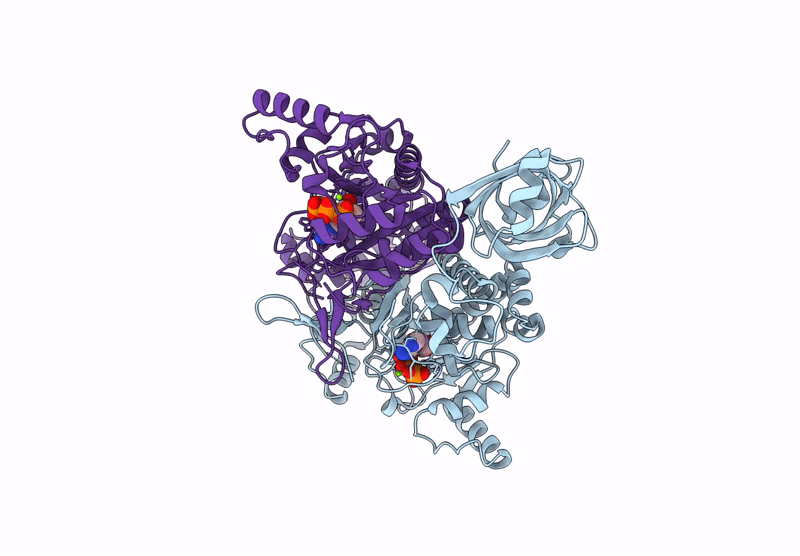
Deposition Date
2025-08-25
Release Date
2025-09-17
Last Version Date
2025-09-17
Entry Detail
PDB ID:
9SH9
Keywords:
Title:
Thermus thermophilus asparaginyl-tRNA synthetase dimer with bound ATP
Biological Source:
Source Organism:
Thermus thermophilus HB8 (Taxon ID: 300852)
Host Organism:
Method Details:
Experimental Method:
Resolution:
2.95 Å
R-Value Free:
0.22
R-Value Work:
0.20
Space Group:
P 65 2 2


